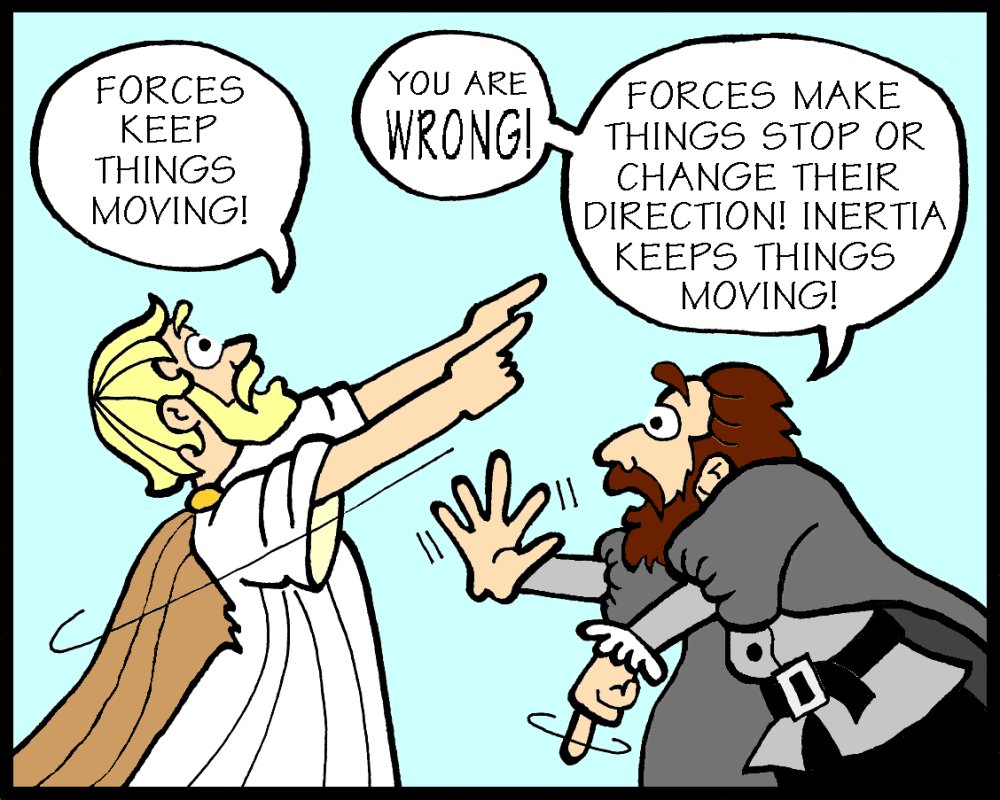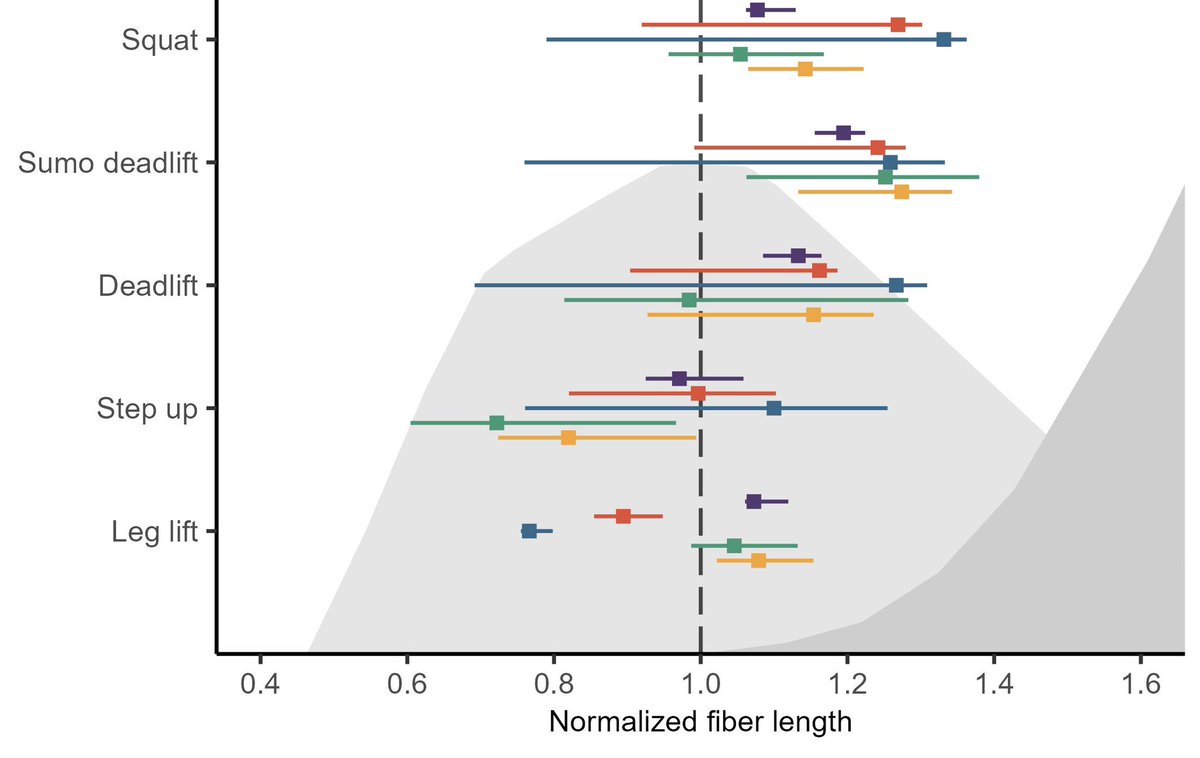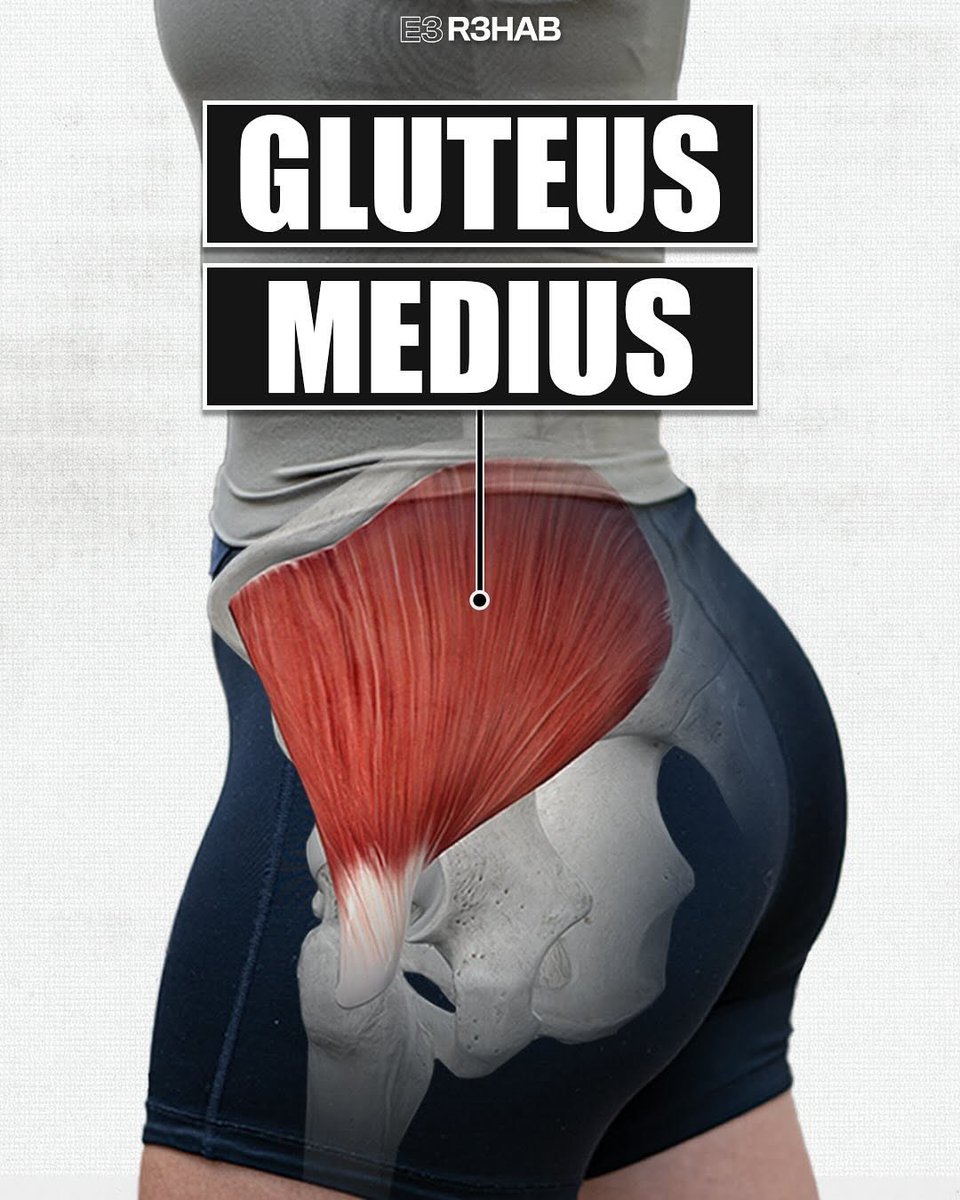
Tyler Collings
@tylercollings3
PhD, Researcher at Griffith University, biomechanics and injury prevention.
ID: 940379473391755264
https://www.researchgate.net/profile/Tyler_Collings 12-12-2017 00:35:12
486 Tweet
1,1K Followers
586 Following




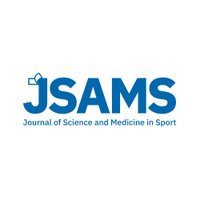
Most Read Articles 🌟 Check out the #most #read #articles for this month. 👉 zurl.co/l799 Prof. Fiona Wilson


Makes sense. Both exercises are within the active-length curve. Torque profile may differ, but total/peak muscle force could be similar. Somehow need to get the mid delt into longer lengths to generate passive force & increase hypertrophy? Nice job Dr. Stian Larsen
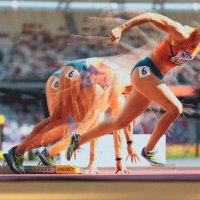
Peter Weyand ALTIS Dan Cleather Wu Tsai Human Performance Alliance Sportsmith PJ Vazel Lance Brooks, Ph.D. Neil Bezodis Vern Gambetta Science of Multi-Directional Speed Journal of Applied Physiology Personally I feel this is misleading. The nuance of varying contractions velocities and individual muscle functions, it is not an isotonic contraction after all. I think power, the F-V curve and FVP profile are misused in this sense. Perhaps just me.
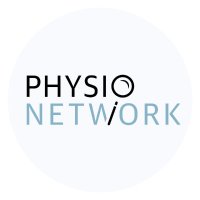
💡 Matt Bourne and Tyler Collings Teach: Mastering ACL Injury: From Incidence to Injury Prevention ⏳ Coming soon to Masterclass! 🤩 Did you know that we have 67+ Masterclasses in our library? 🚀 Try Masterclass for FREE for 7 days: 🔗 physio.network/MasterclassFre…
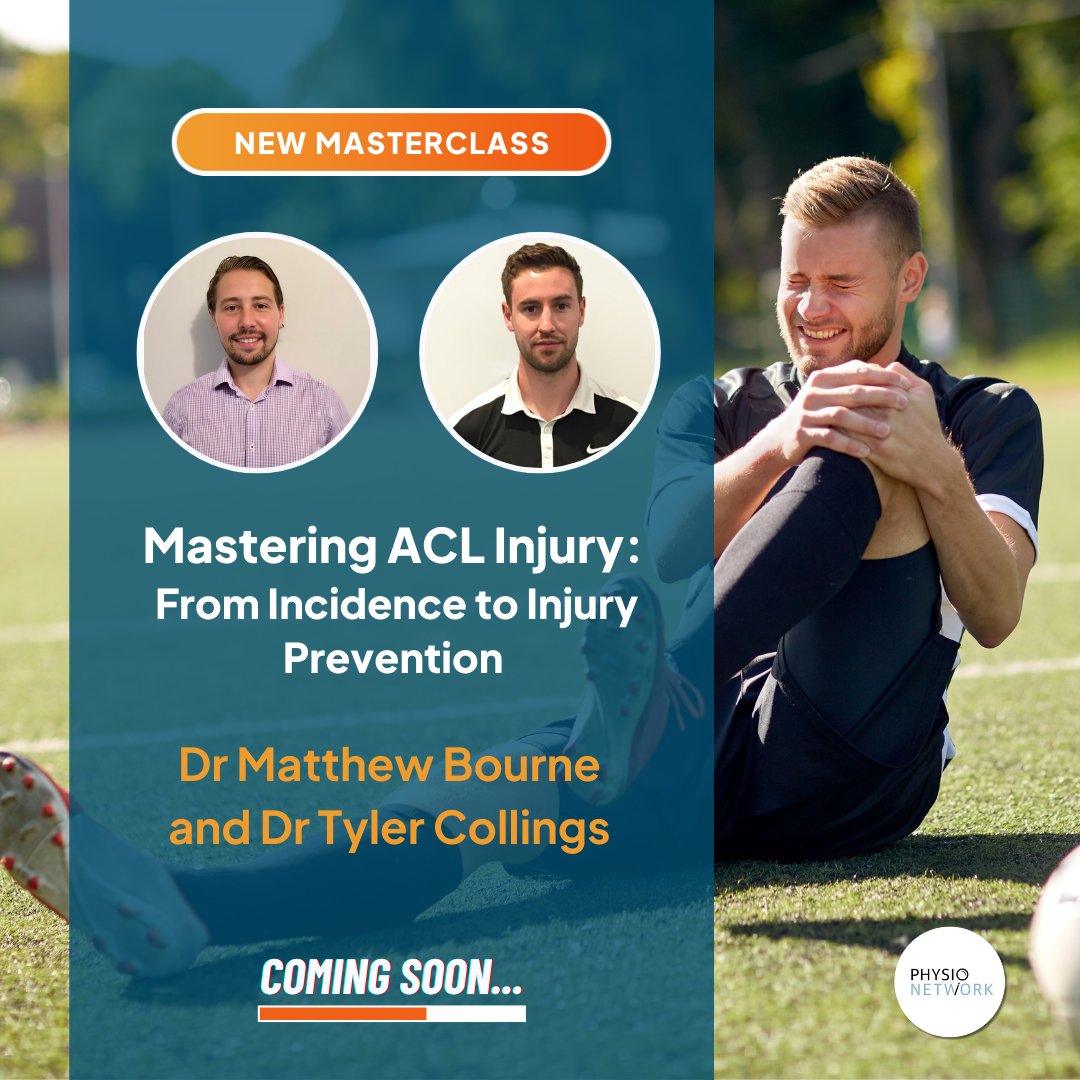


🦵 Can targeting specific muscles really help prevent ACL tears? 🤔 While promising, it's no perfect solution—ACL injury prevention is complex! 🍿 Learn ACL injury risk and prevention in our new Masterclass with Dr. Matt Bourne and Tyler Collings 🔗 physio.network/ACLRisk
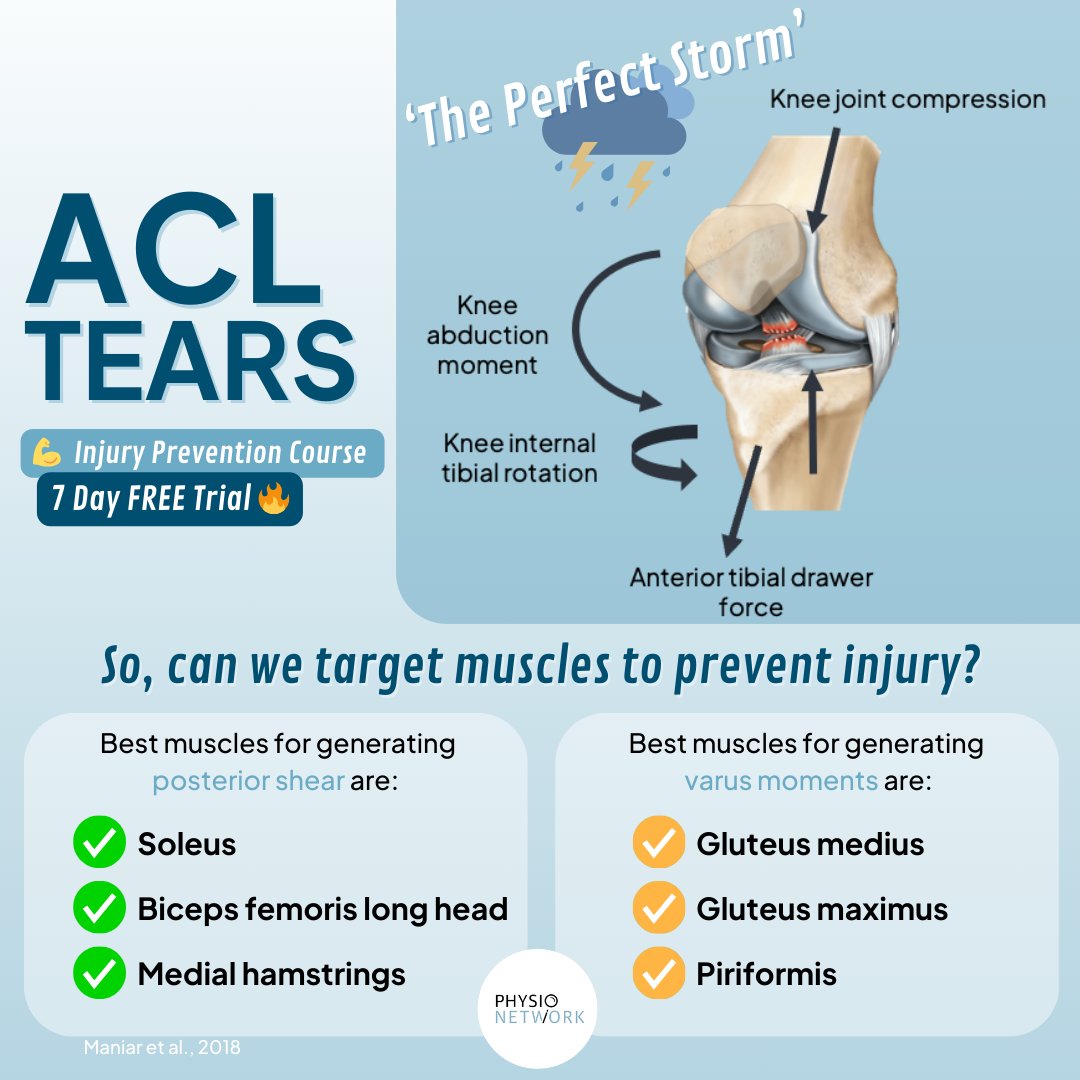




Johan Lahti, PhD I think the key is starting with what we care about measuring and how we intend to use that info to inform decisions. If hip mobility (or any construct) is something we deem important—based on performance relevance, injury risk, etc.—then we should aim to measure it directly...




Clinical gold! Thanks Dr Alison Grimaldi

Poor agreement between EMG based ranking of exercises and gluteal forces ranked exercises. This is *exactly* why we shouldn't use EMG amplitude as our sole/main measure of guaging how effective an exercise is. Great work Tyler Collings Matt Bourne pubmed.ncbi.nlm.nih.gov/40263750/


